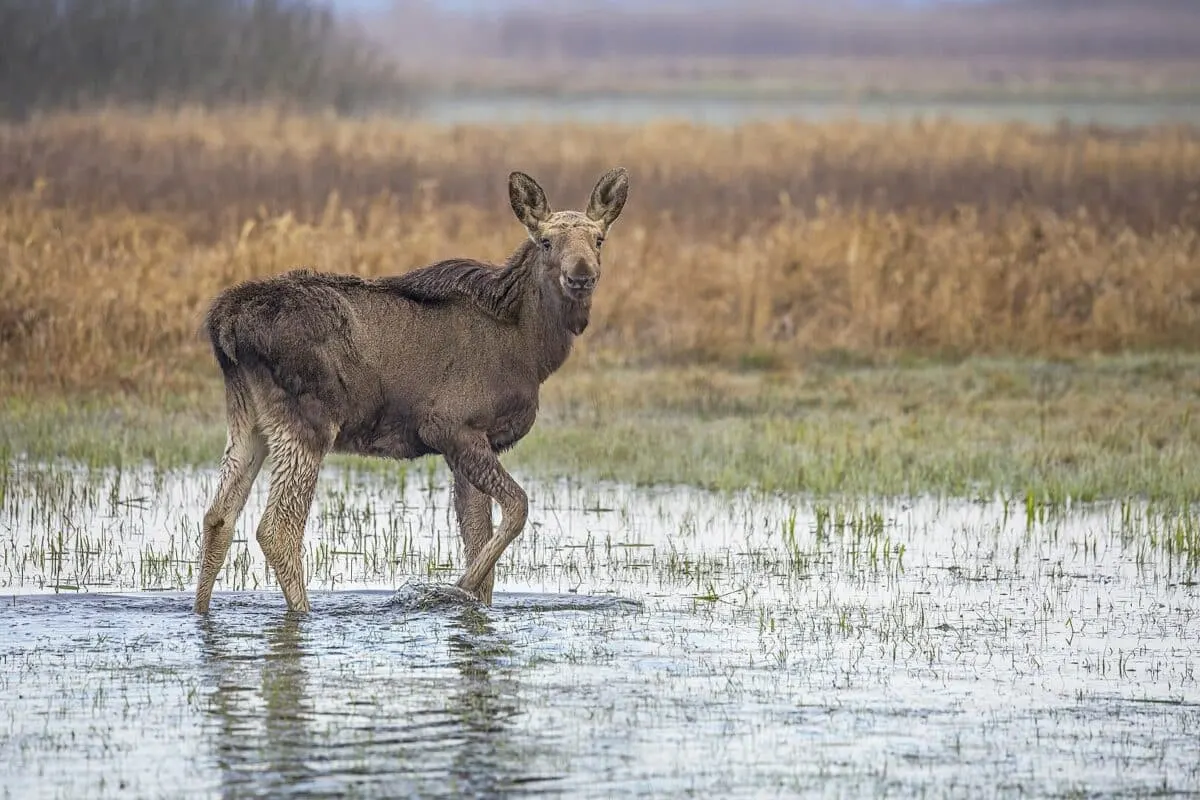Ungulates, animals with hooves, have wandered the planet for millions of years. These animals have unique hooves that help them move through many habitats and flourish on a herbivorous diet. Hoofed animals display various adaptations, from the imposing savannah giants to the quick mountain climbers.
This blog article will discuss the top 10 hoofed animals as we celebrate their diversity and significant roles in ecosystems worldwide.
1. African Elephant
The largest land mammal on Earth and a wonderful example of the strength and grace of hoofed creatures is the African Elephant. Due to their enormous size, these gentle giants must use their specially designed hooves to move through various habitats. Five toes on each foot of an African elephant are covered in thick, tough skin, creating a dense pad that serves as a shock absorber and uniformly distributes the elephant’s massive weight.
Thanks to this adaptation, Elephants can move through various terrains, such as grasslands, woodlands, and marshes, without sinking or harming the ecosystem. Their distinctive hoof structure also helps with locomotion, giving them stability on rocky terrain and allowing them to get to water sources for drinking and bathing.
Their hooves support the bulk of African elephants as they forage on grass, uproot trees, and even dig for water in desert areas. These amazing animals can live in various ecosystems thanks to the impressive adaptation of their hooves, leaving a soft yet potent mark on the planet.

2. American Bison
The American bison, often known as the buffalo, is a well-known representation of North America’s extensive grasslands. Their impressive hoof adaptation allows these beautiful herbivores to move freely across the Great Plains and other wide environments. The two-toed, cloven design of the bison’s hooves offers several benefits.
First, the better weight distribution made possible by this split structure prevents the hooves from sinking into muddy or snowy ground. The traction provided by the hooves also helps bison move easily through the grasslands. Bison can graze on the tough prairie grasses while retaining their stability because they have adapted to endure the constant pressure and movement.
Since bison traditionally formed enormous herds and were instrumental in forming the North American prairie ecology, the durability and efficacy of their hooves have been critical for their survival. The bison’s hooves are evidence of their versatility and importance in preserving the harmony of their natural surroundings.
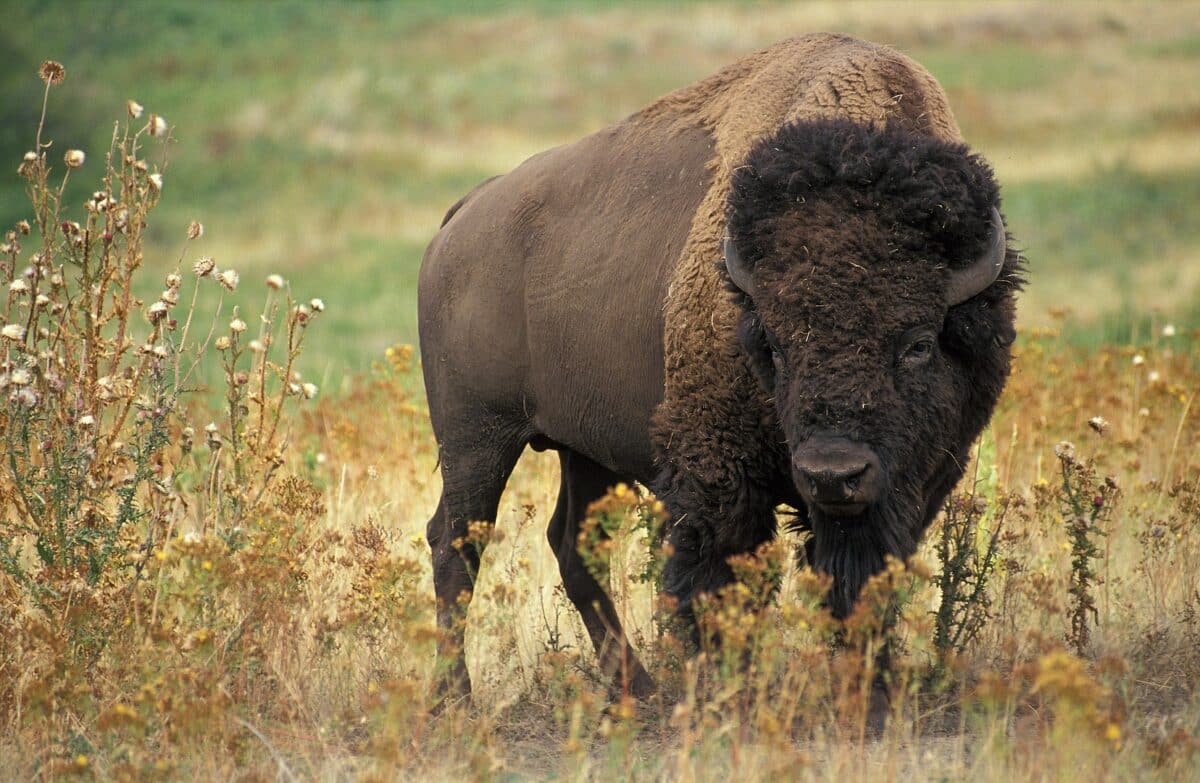
3. Giraffe
The giraffe is a spectacular example of a hoofed animal with its recognizable long neck and graceful appearance. Although the giraffe’s long neck gets all the attention, its hooves are just as important to its survival.
A giraffe has two long, extended toes on each foot, held in place by an extensive ligament and tendon network and coated in thick skin. These hooves offer stability and support for the giraffe’s enormous height, enabling it to move gracefully and effectively across the African savannah. The giraffe’s hooves aid in dispersing its weight over a wider area, keeping it from sinking into soft ground or harming sensitive vegetation. Giraffes have an adaptation that allows them to browse on leaves from towering trees, giving them access to food supplies that are out of reach for most other herbivores.
The giraffe is an excellent example of the incredible environmental adaptations made by these magnificent animals, as evidenced by its long neck and hooves. They demonstrate how each component of an animal’s anatomy is essential to its survival and success in the environment. These creatures display this precise balance of nature.

4. Mountain Goat
Mountain goats are truly alpine specialists, with particular adaptations for negotiating the challenging terrain of lofty mountains. Their hooves are built to offer outstanding traction and balance on incline terrain. Each hoof consists of a soft, rubbery pad that is flexible and bordered by a rigid outer rim that serves as a natural “climbing shoe.”
However, Mountain goats can scramble confidently on steep surfaces and hold tight ledges thanks to their distinctive build, even in hazardous weather. They are more stable and less likely to slip during their adventurous climbs thanks to the suction-like effect of their hooves’ concave form. Mountain goats can access food sources on steep slopes and successfully avoid predators because of an unusual modification of their hooves.
Their surefootedness and agility demonstrate these wonderful animals’ exceptional durability and adaptation in mountainous settings.
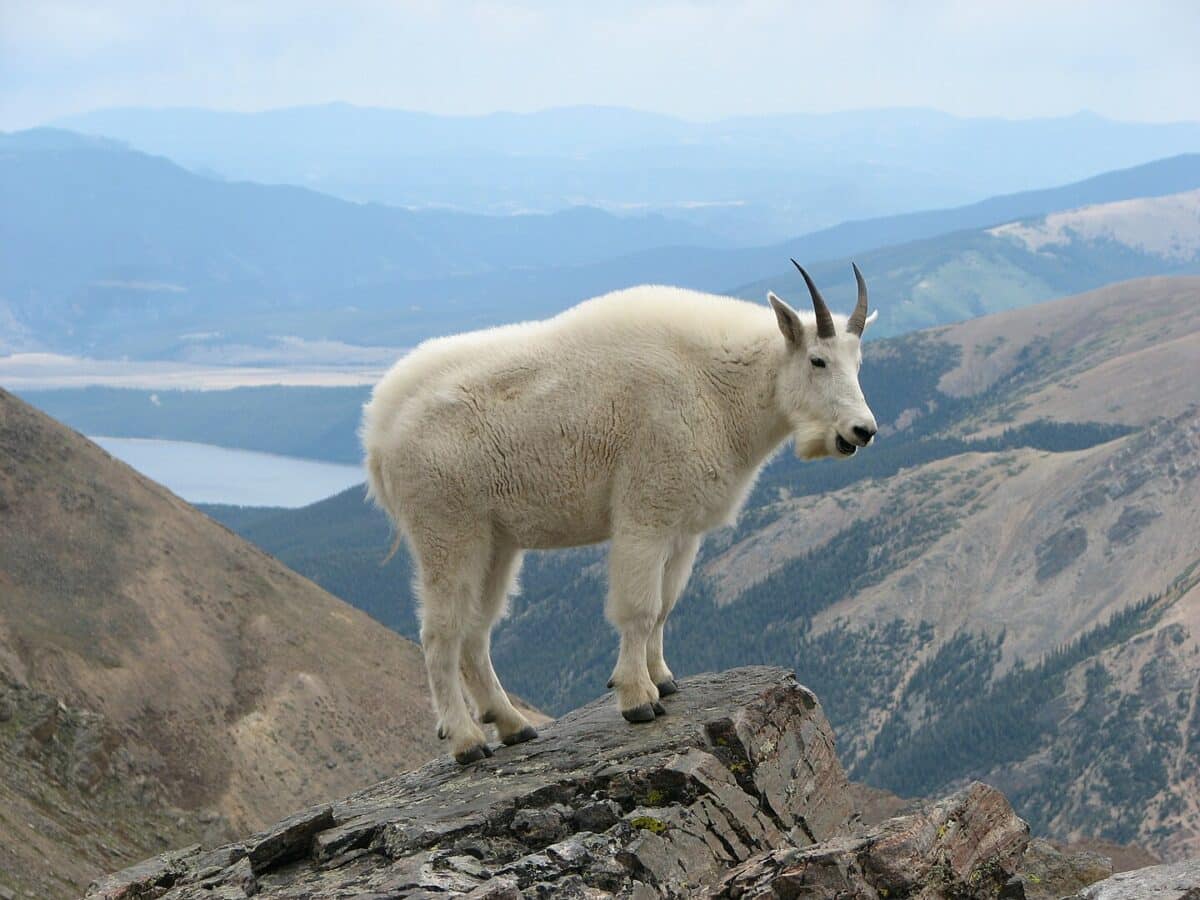
5. Pronghorn
The Pronghorn is a well-known ungulate from North America renowned for its extraordinary speed and agility. These creatures have two-toed, thin legs that are designed for quick acceleration. Their shock-absorbing hooves have evolved to let them travel over broad grasslands and shrublands at great speeds for extended durations.
Pronghorns are the fastest terrestrial animals in the Western Hemisphere, reaching up to 55 miles per hour thanks to their distinctive hoof structure and strong leg muscles. Their hooves offer grip and stability, enabling them to move easily across various terrains.
The species of Pronghorns have survived and thrived in their natural habitats by relying on their extraordinary hoofed feet to travel great distances.
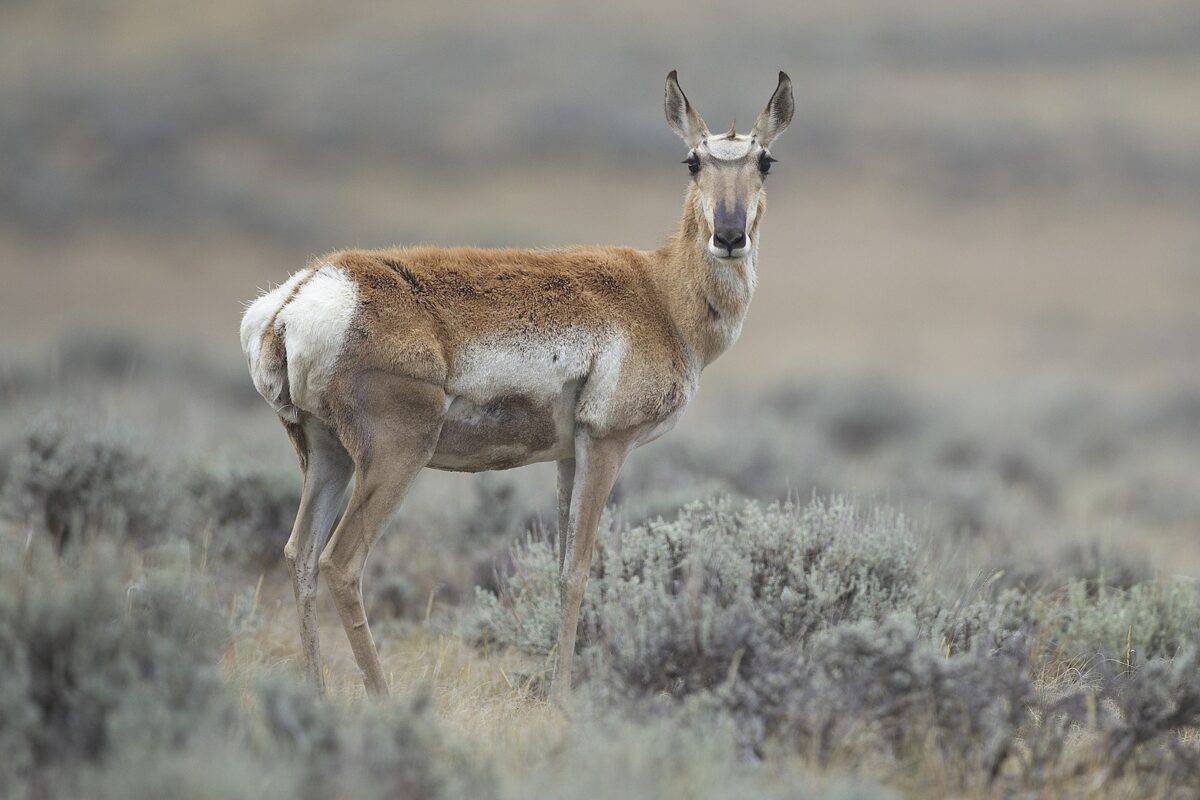
6. Wildebeests
Gnus, commonly called wildebeests, are majestic ungulates living in Africa’s grasslands. These animals travel across the Serengeti in enormous herds. They search for new grazing grounds and engage in one of the world’s most spectacular migrations.
The hooves of wildebeests are ideal for navigating rough terrain across great distances. Their cloven, two-toed hooves help with weight distribution and offer stability on rocky terrain. Due to this adaptation, wildebeests can navigate through dense foliage and endure the challenges of their migratory lifestyle.
Thanks to their split hooves, they can quickly shift directions and retain balance while avoiding predators. The hooves of the wildebeest enable them to make their famous annual migration. For them to survive and for their species to flourish, their hoofed feet are crucial.

7. Moose
The moose has long, thin legs and broad, cloven hooves. It is the largest member of the deer family. These hooves serve as snowshoes, dispersing the big animal’s weight across a wider region. This modification makes it very simple for moose to navigate difficult terrain, including heavy snow, marshes, and rocky places.
Their hooves’ concave design prevents them from sinking into soft ground and improves grip on slick conditions. Moose use their hooves to access the water vegetation in lakes and ponds and feed on tree branches for their herbivorous diet.
They are ideally suited for their lifestyle of living in the forest because of their unique hooves and robust bodies. The moose’s hooves are an excellent example of their capacity to thrive in adverse conditions and adapt to various settings.
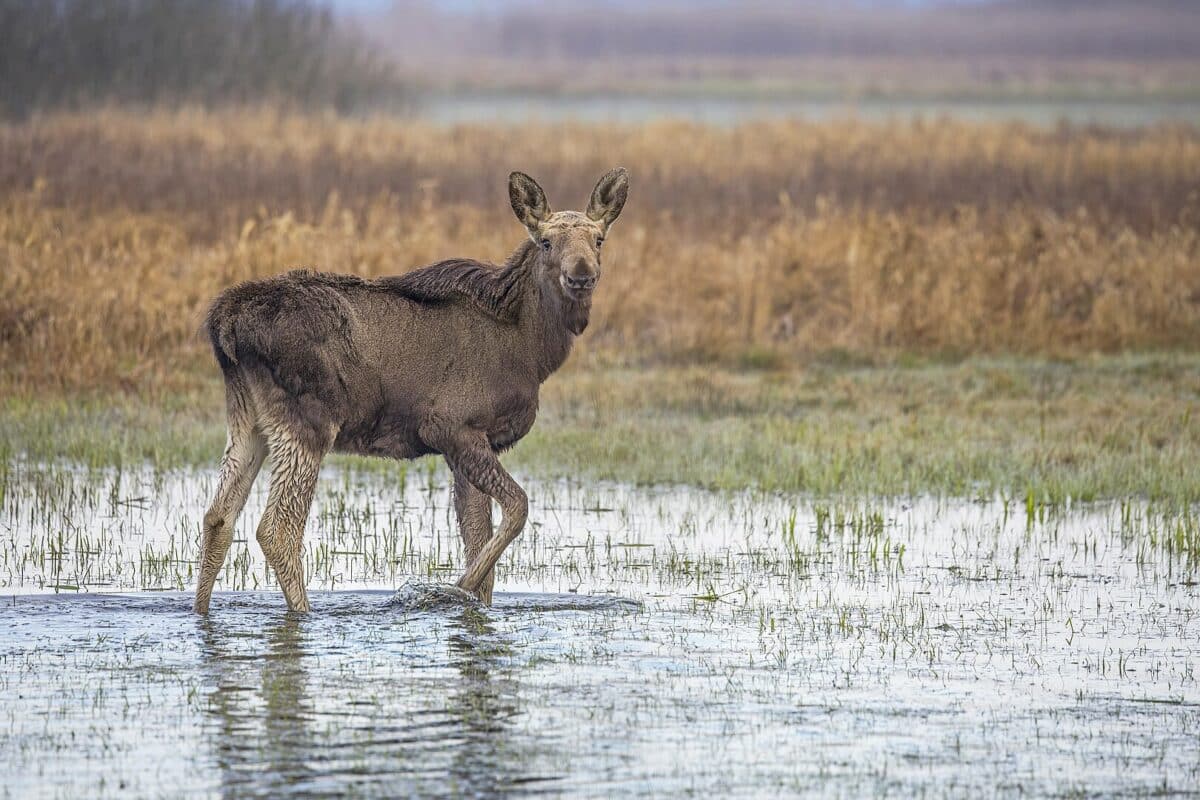
8. Zebra
Zebras are endearing, recognizable, and hoofed creatures distinguished by their black-and-white striped coats. On the African plains, their hooves are essential to their survival. Zebras have strong hooves with a tough outer layer covering the delicate inner components.
Their hooves are made to stand up to the stresses of their continual movement and offer grip on various surfaces, including meadows and rocky terrain. Zebras can move through broad grasslands at incredible speeds, using their hooves to elude predators. They can access water sources and browse on difficult grasslands with stability provided by their hooves.
Zebras are an enthralling and essential component of the African savannah ecology because of the distinctive adaptation of their hooves, social behaviors, and eye-catching stripes.

9. Ibex
Ibexes are quick-moving, sure-footed creatures with hooves that live in hilly parts of Europe, Asia, and Africa. These majestic animals have developed specially adapted hooves to survive on difficult terrain.
Ibex hooves feature a concave inner surface and a firm outer edge. This improves their stability and grip on rocky slopes. Thanks to this adaptation, ibexes can easily move across dangerous terrain like ledges and cliffs. They have a firm footing in high-altitude conditions thanks to the function of their hooves as natural crampons.
Furthermore, Ibexes can easily leap and navigate difficult terrain while searching for vegetation and avoiding predators.
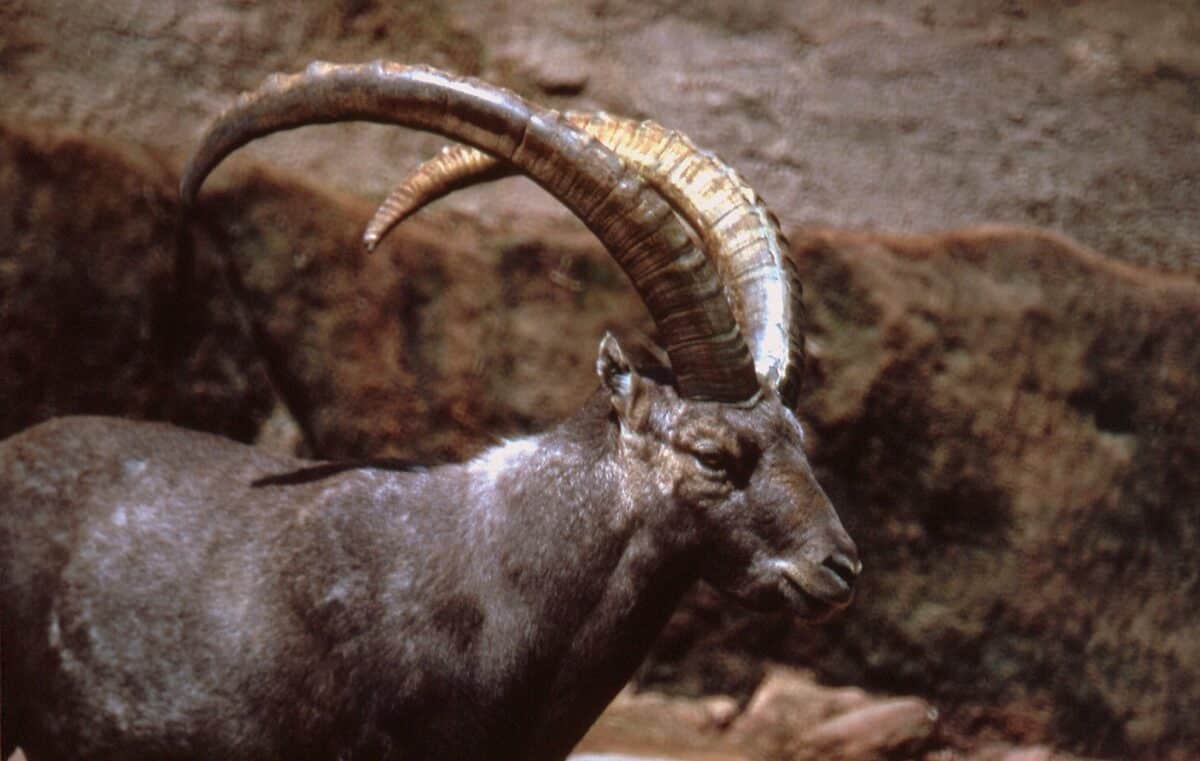
10. Hippopotamus
The hippopotamus is an ungulate that spends much time on land while being mostly semi-aquatic. A thick skin pad encircles each of these enormous herbivores’ four toes.
Their hooves are uniquely suited to disperse their weight uniformly and effectively in muddy or watery environments. Their large surface area hooves allow them to walk on riverbeds without harming the aquatic environments.
Considering their enormous size, hippos are extremely agile on land. They use their hooves to move through thick undergrowth and assert authority during territorial disputes. Their exceptional capacity for adaptation and survival in their semi-aquatic surroundings results from the peculiar structure of their hooves.

The Bottom Line
Hoofed animals, with their unique adaptations and extraordinary traits, demonstrate the creativity of nature. Each species on this list, from the enormous African Elephant to the quick Mountain Goat, demonstrates unique hoof-foot adaptations that allow them to flourish in different surroundings.
These ungulates can access food sources, navigate treacherous terrain, and thrive in various ecosystems thanks to the stability, traction, and support their hooves have developed to offer.
The wide variety of animals with hooves is evidence of the extraordinary diversity and adaptability in the animal realm, reminding us of the complicated web of life and the significance of protecting these amazing beings and their environments.
If you enjoyed this blog, read more on:
Enraged Hippo Attacks Zookeeper as Visitors Watch
Join our Forum for free today!

- Usain Bolt vs. Peregrine Falcon – Speed Test in Their Domains - May 18, 2024
- Top 10 Animals in Yellowstone National Park - April 12, 2024
- Top 10 Omnivores - March 9, 2024

